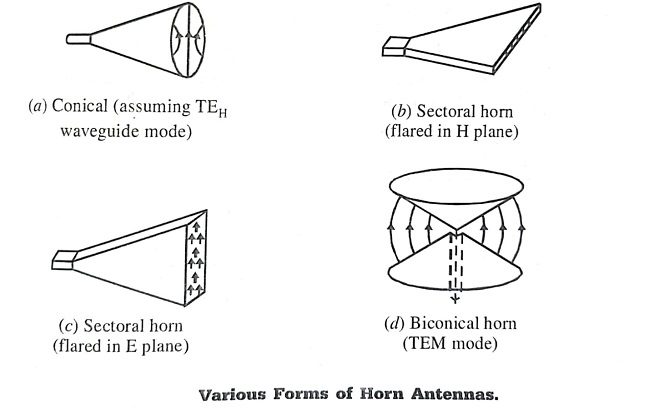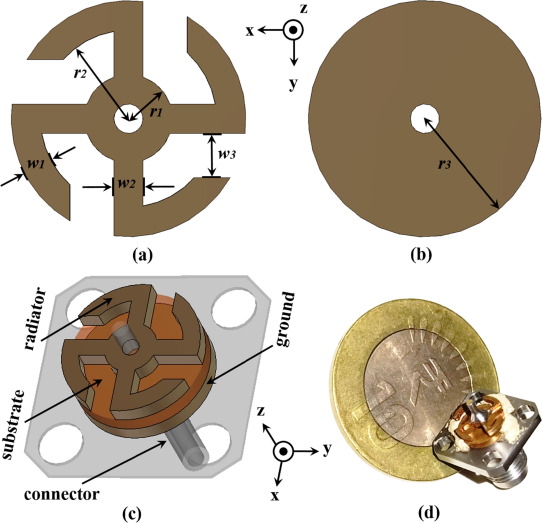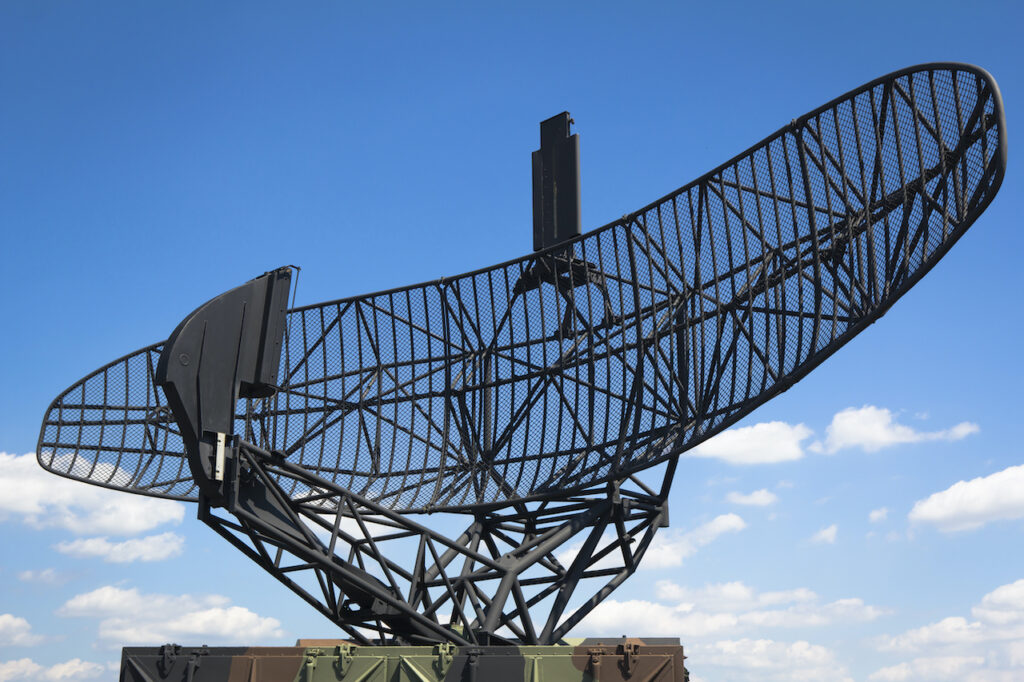5 Key Differences Horn vs Conical Antennas
Horn antennas have a flared waveguide shape, offering high directivity (10–20 dBi) and narrow beamwidth, ideal for radar. Conical antennas are broadband, with a wide frequency range (1–18 GHz), low VSWR (<2:1), and omnidirectional patterns, making them suitable for EMC testing and wideband communications due to their smooth impedance matching. Which Aperture Shape is Stronger? […]
5 Key Differences Horn vs Conical Antennas Read More »






